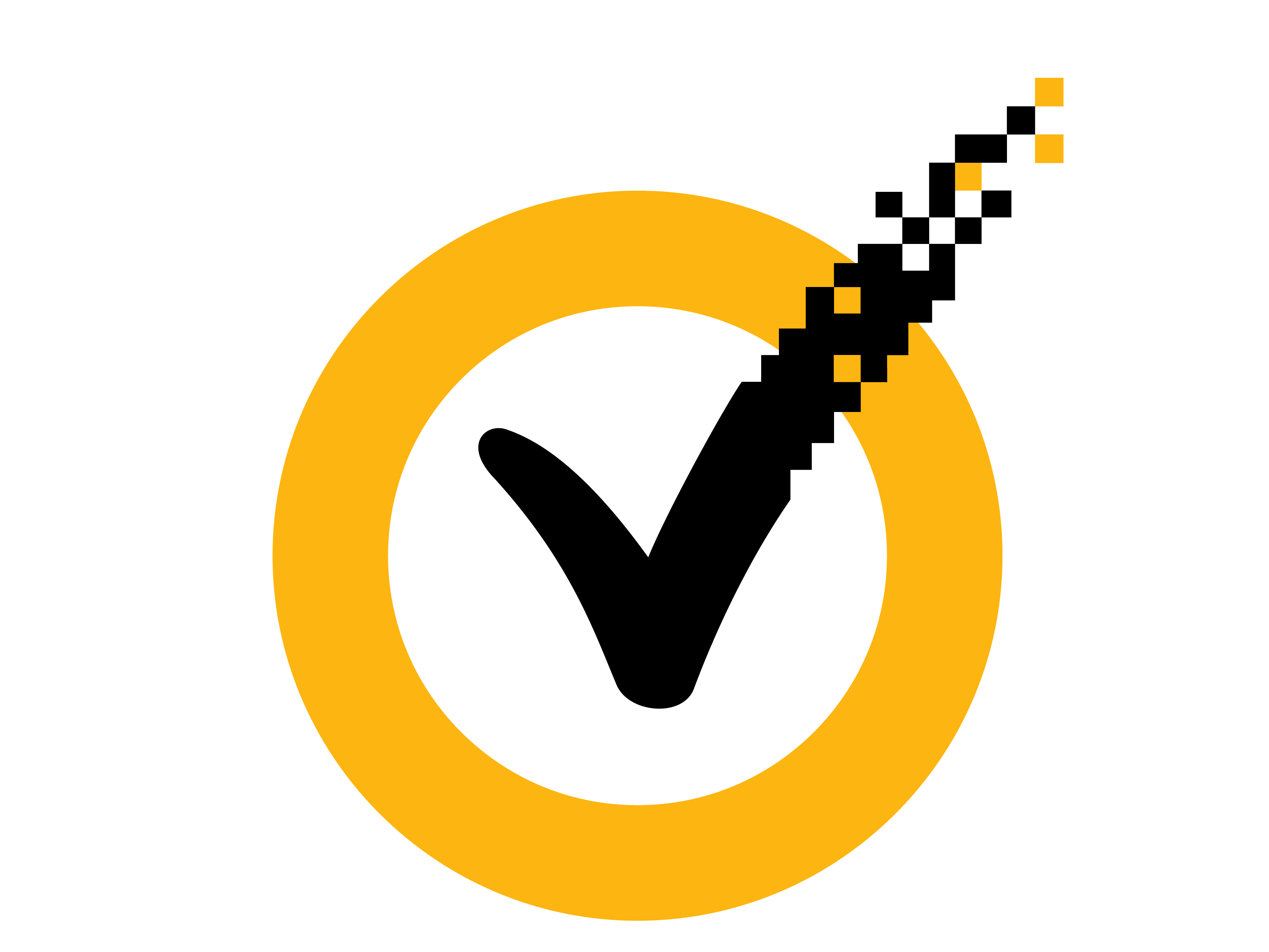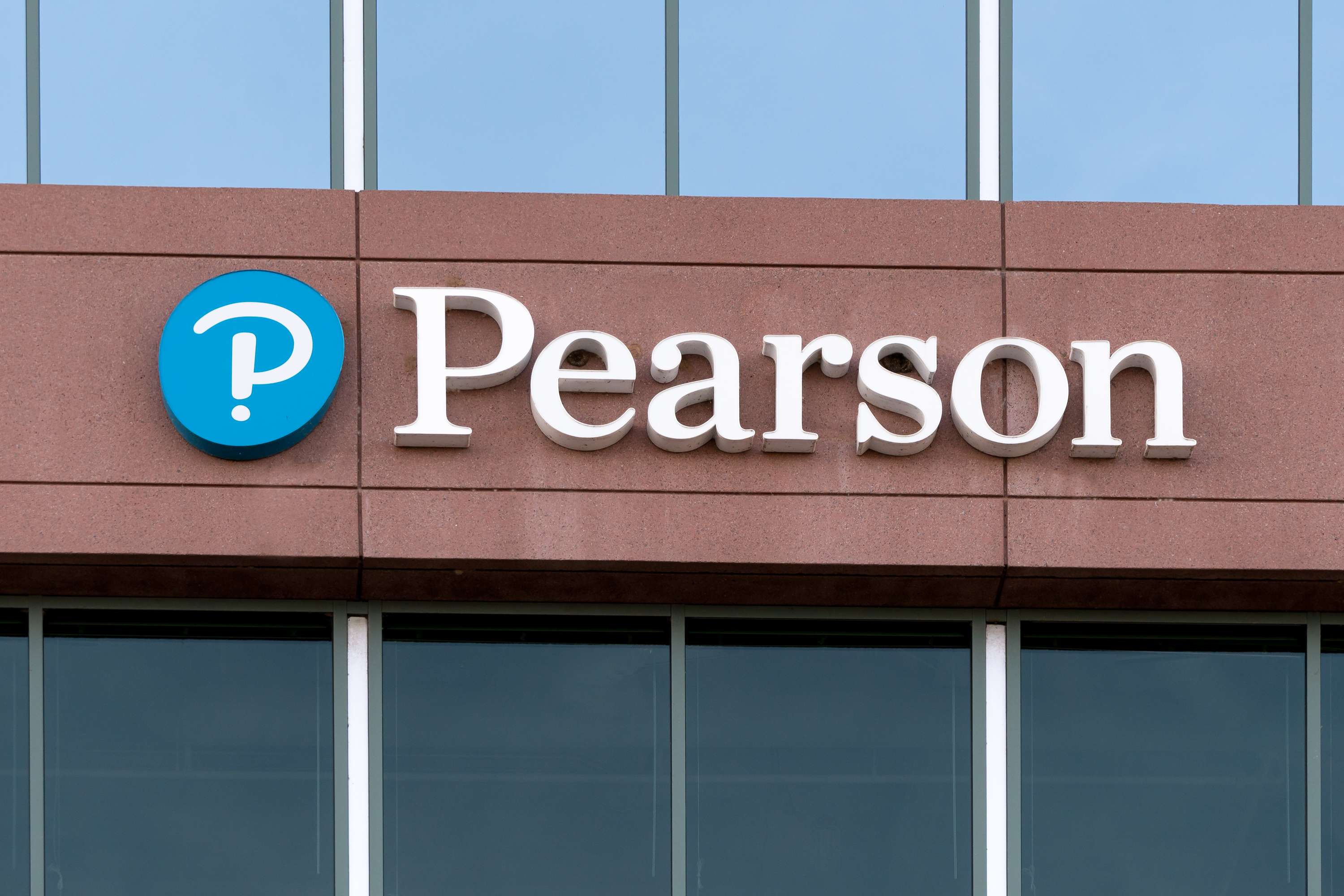Symantec confirms product source code theft
The security giant says source code on two of its older enterprise products is accessed.


Symantec today confirmed some of its source code relating to two of its "older enterprise products" has been stolen.
Although one of the products has been discontinued, another remains active, yet Symantec was not forthcoming about what those products were.
The code is four and five years old, the security giant said, and does not affect Norton products for consumers.
If the source code is recent and hackers find serious vulnerabilities, it could be possible to exploit the actual anti-virus program itself.
"Symantec's own network was not breached, but rather that of a third party entity. We are still gathering information on the details and are not in a position to provide specifics on the third party involved," a spokesperson told IT Pro.
"Presently, we have no indication that the code disclosure impacts the functionality or security of Symantec's solutions. Furthermore, there are no indications that customer information has been impacted or exposed at this time. However, Symantec is working to develop remediation process to ensure long-term protection for our customers' information. We will communicate that process once the steps have been finalised."
Symantec said it had no further details to disclose at the time but will provide updates as it confirms "additional facts."
Get the ITPro daily newsletter
Sign up today and you will receive a free copy of our Future Focus 2025 report - the leading guidance on AI, cybersecurity and other IT challenges as per 700+ senior executives
Reports about a source code leak emerged earlier this week, following a post on Pastebin claiming source code for Norton Antivirus was stolen. However, the claims turned out to be false.
That post contained a document from 28 April 1999 defining the Application Programming Interface (API) for the Definition Generation Service. "This document explains how the software is designed to work (what inputs are accepted and what outputs are generated) and contains function names, but there is no actual source code present," Symantec's senior manager for corporate communications Cris Paden said yesterday evening.
However, the same group behind that posting made a second claim about additional source code.
Then this morning Symantec confirmed certain source code relating to its products had been accessed.
Hackers calling themselves The Lords of Dharmaraja threatened to publish the information online, a Google cache of a Pastebin post showed.
They claimed to have acquired the information from the Indian military.
"We are working out mirrors as of now since we experience extreme pressure and censorship from US and India government agencies," the message read.
Rob Rachwald, director of security for Imperva, noted many Governments require source code from vendors to prove software isn't spyware.
Although the source code leak would be "quite embarrassing on Symantec's part," it should not cause major security concerns for customers, Rachwald said.
"The workings of most of the anti-virus' algorithms have also been studied already by hackers in order to write the malware that defeats them. A key benefit of having the source code could be in the hands of the competitors," he added in a blog post.
"If the source code is recent and hackers find serious vulnerabilities, it could be possible to exploit the actual anti-virus program itself. But that is a big if and no one but Symantec knows what types of weaknesses hackers could find."
Tom Brewster is currently an associate editor at Forbes and an award-winning journalist who covers cyber security, surveillance, and privacy. Starting his career at ITPro as a staff writer and working up to a senior staff writer role, Tom has been covering the tech industry for more than ten years and is considered one of the leading journalists in his specialism.
He is a proud alum of the University of Sheffield where he secured an undergraduate degree in English Literature before undertaking a certification from General Assembly in web development.
-
 Should AI PCs be part of your next hardware refresh?
Should AI PCs be part of your next hardware refresh?AI PCs are fast becoming a business staple and a surefire way to future-proof your business
By Bobby Hellard
-
 Westcon-Comstor and Vectra AI launch brace of new channel initiatives
Westcon-Comstor and Vectra AI launch brace of new channel initiativesNews Westcon-Comstor and Vectra AI have announced the launch of two new channel growth initiatives focused on the managed security service provider (MSSP) space and AWS Marketplace.
By Daniel Todd
-
 Capita tells pension provider to 'assume' nearly 500,000 customers' data stolen
Capita tells pension provider to 'assume' nearly 500,000 customers' data stolenCapita told the pension provider to “work on the assumption” that data had been stolen
By Ross Kelly
-
 Gumtree site code made personal data of users and sellers publicly accessible
Gumtree site code made personal data of users and sellers publicly accessibleNews Anyone could scan the website's HTML code to reveal personal information belonging to users of the popular second-hand classified adverts website
By Connor Jones
-
 Pizza chain exposed 100,000 employees' Social Security numbers
Pizza chain exposed 100,000 employees' Social Security numbersNews Former and current staff at California Pizza Kitchen potentially burned by hackers
By Danny Bradbury
-
 83% of critical infrastructure companies have experienced breaches in the last three years
83% of critical infrastructure companies have experienced breaches in the last three yearsNews Survey finds security practices are weak if not non-existent in critical firms
By Rene Millman
-
 Identity Automation launches credential breach monitoring service
Identity Automation launches credential breach monitoring serviceNews New monitoring solution adds to the firm’s flagship RapidIdentity platform
By Praharsha Anand
-
 Neiman Marcus data breach hits 4.6 million customers
Neiman Marcus data breach hits 4.6 million customersNews The breach took place last year, but details have only now come to light
By Rene Millman
-
 Indiana notifies 750,000 after COVID-19 tracing data accessed
Indiana notifies 750,000 after COVID-19 tracing data accessedNews The state is following up to ensure no information was transferred to bad actors
By Rene Millman
-
 Pearson fined $1 million for downplaying severity of 2018 breach
Pearson fined $1 million for downplaying severity of 2018 breachNews The SEC found the London-based firm made “misleading statements and omissions” about the intrusion
By Rene Millman